Driving and Safety Tips
1. Wear your seat belt
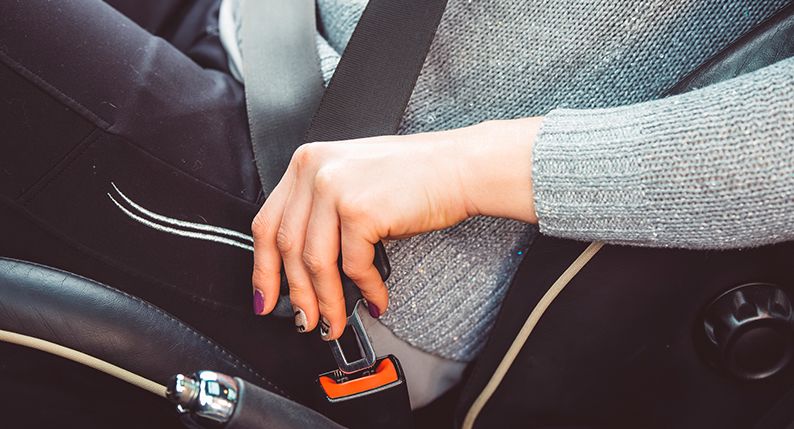
Insist that your teen always wears a safety belt, even for short trips to the shops. According to the Centre for Accident Research and Road Safety in Queensland, you’re 10 times more likely to be killed in a road crash if you’re not wearing a seat belt.
Seat belts work because they distribute forces from a crash across the chest and pelvis, some of the strongest parts of the body. So that belt could mean the difference between getting a few bruises versus your body flying into the windscreen.
2. Put the mobile phone away
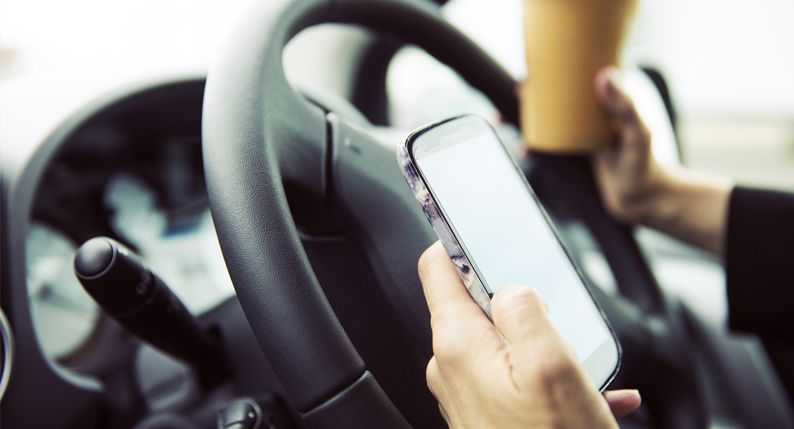
Learner and P drivers aren’t allowed to use phones at all while driving. The physical, visual and cognitive distraction leads to unsafe driving and increases the odds of a crash. Before starting the car, have your driver-in-training switch off his phone and put it out of reach. If they need to use the phone, teach them to stop and park where using a mobile phone won’t be a danger to themselves or to other road users.
According to researchers, each time a driver writes and sends a text, his or her eyes are off the road for an average of 4.6 seconds, enough time to drive the length of a rugby pitch. Remind your teen that it’s their job to watch the road when driving, and no one else can do it for him.
3. Stick to the speed limit
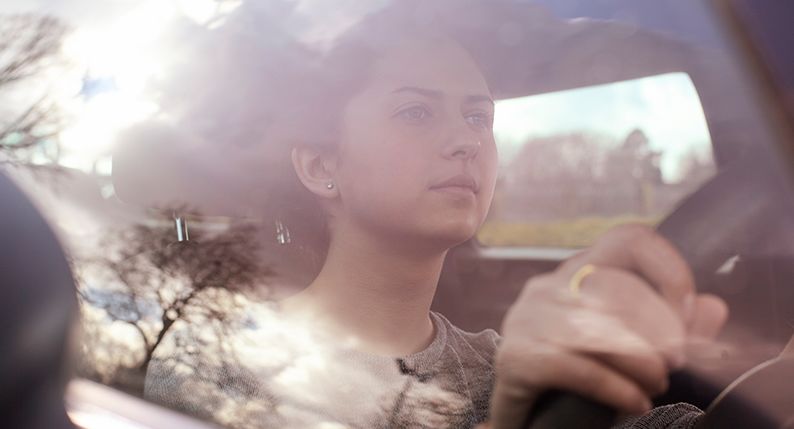
Speeding is the biggest killer of young drivers. Remind your teen that there’s no pressure to keep up with other vehicles in traffic. Keeping to the speed limit will not only reduce the risk of an accident, but also help drivers avoid costly traffic fines that can affect car insurance premiums.
4. Check your blind spot every time
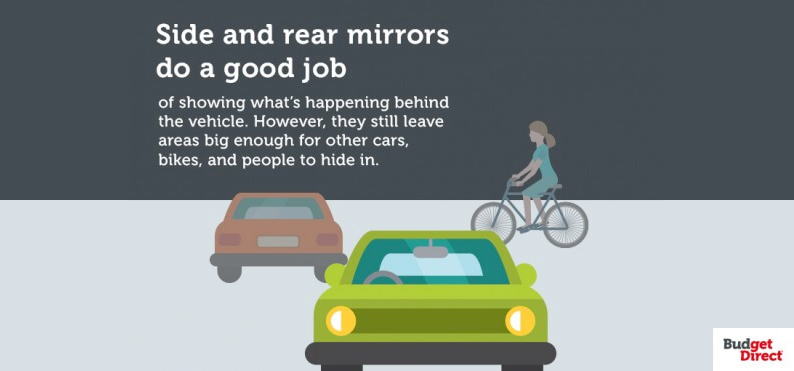
Side and rear mirrors do a good job of showing what’s happening behind the vehicle. However, they still leave areas big enough for other cars, bikes and people to hide in. That’s why drivers should check their blind spots:
● Before pulling out from the kerb
● Before parking or leaving a parked position
● Before and during a three-point turn
● Before merging with other traffic
● Before changing lanes (e.g. when passing or overtaking)
● Before turning, where you’ve seen another car
It’s a good idea to practice checking blind spots with your teen until the head-over-the-shoulder move becomes second nature. It’s also possible to minimise the size of a blind spot by adjusting the side mirrors so that your own car is out of sight.
5. Don’t drive in someone else’s blind spot
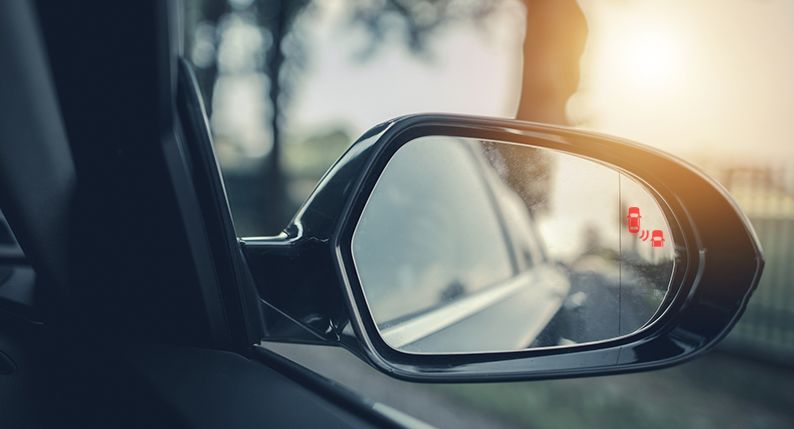
Teens should be aware of their own blind spots, but also those of other vehicles too. If they’re driving alongside the right of and slightly behind another car, that other car might not see them there. Your teen should pull alongside or in front of them, or drop back until he can see the face of the other car’s mirrors.
6. Don’t drink & drive
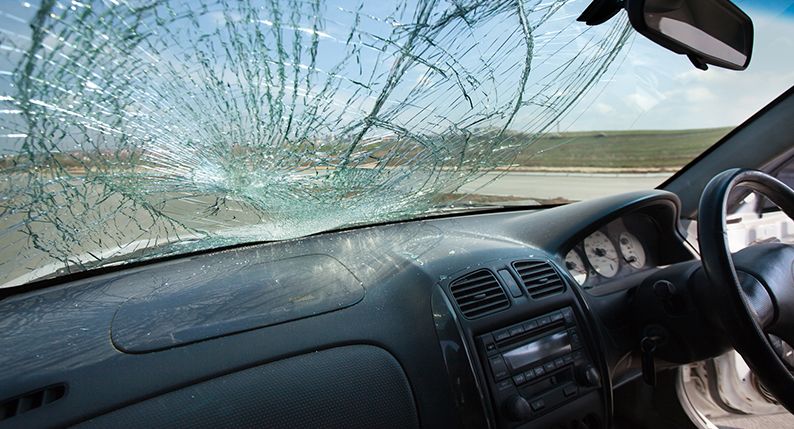
It’s easy to avoid the subject of alcohol and drugs, but turning a blind eye won’t make the issue go away. Australian law states that learners and probationary license-holders must have zero alcohol in their bloodstream while driving. That’s because even small amounts of alcohol in the bloodstream affects driving ability, and increases the risk of a serious or fatal accident. It’s best to set some expectations regarding drinking and driving up front. Establish a firm rule, and stick to it.
7. Sleep, then drive

Your teen may be smart enough not to drink and drive, but did you know that driving sleepy can be just as dangerous as driving drunk? Sleepiness impairs a person’s attention, working memory and coordination skills, all crucial for safe driving.
An estimated 15 per cent of crashes are caused by fatigued driving, according to road safety researcher Chris Watling. “Young drivers don’t view the dangers of drink driving and sleepy driving equally, despite the crash risks being similar.”
Teach your teen the warning signs of sleep driving. These include: daydreaming, difficulty focusing, frequent blinking, heavy eyelids and trouble keeping the head up. Let them know it’s OK to pull over for a 20-minute power nap, then get back on the road more rested.
8. Turn on your headlights
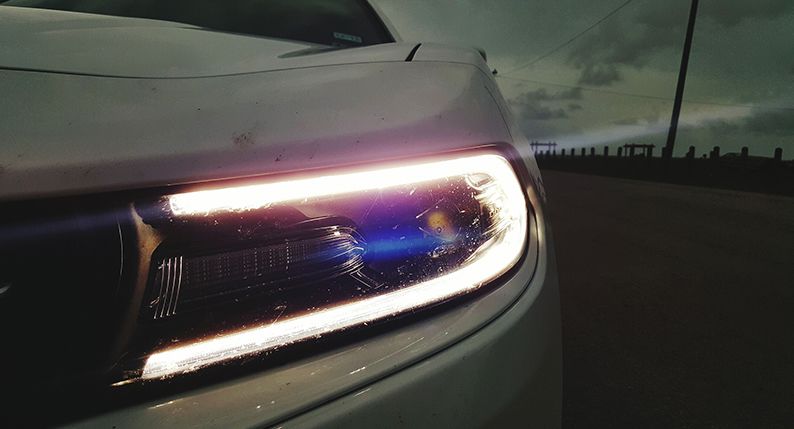
While it’s an obvious thing to do at night, having your headlights on during the day can make it easier for other drivers to see you. This can be particularly helpful during times when the sun affects visibility (e.g. driving in the early morning or evening). Road safety campaigner Clive Matthew-Wilson points out: “You can’t control the other drivers on the road. However, by having your lights on during the day, you can make sure other drivers see you before a collision takes place.”
9. Take fewer passengers
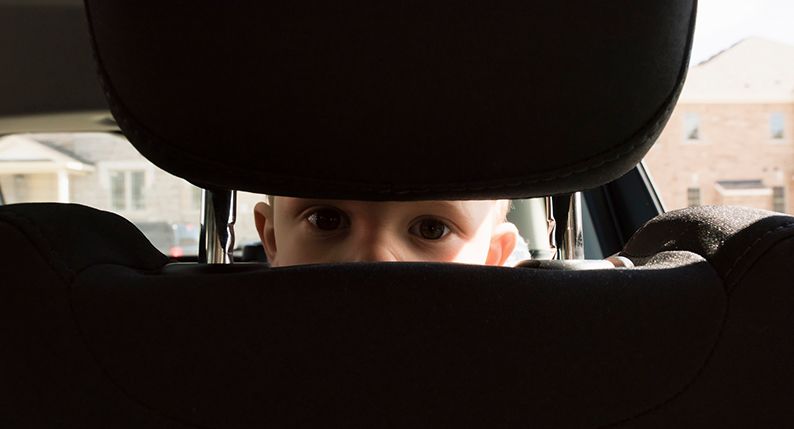
You’ve worked hard to instill good driving habits in your teen and to teach all the driving lessons necessary before they start having friends in the car. But once they start taking passengers, they may be under pressure to drive differently than normal. This often means going too fast and making risky decisions. The best policy may be to restrict the number of teen passengers.
